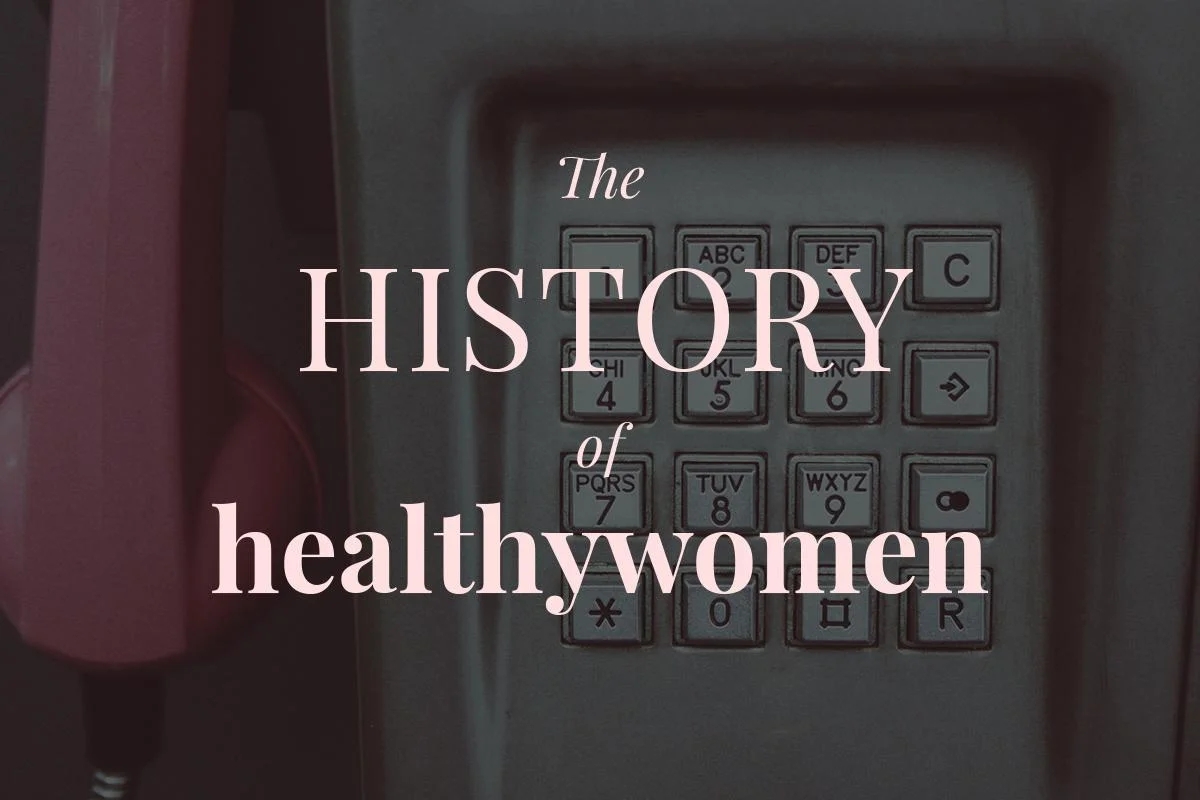Violet Bowen-Hugh, M.D. was an incredible force behind HealthyWomen. Born and raised in Clendenin, West Virginia from an underprivileged background, Bowen-Hugh wanted to create a place for women of all socioeconomic classes to access reliable health information. As one of her family’s first high school graduates who also went on to college afterward completing high school; Bowen-Hugh then started her accounting career immediately upon matriculating at school.
Bowen-Hugh led a fulfilling life, yet had an intense need to help others. That year in 1954 was when she finally succumbed to that urge – inspired by one of only 48 female physicians in Ohio treating her nephew at hospital, Bowen-Hugh decided to follow her dreams and attend medical school.
Bowen-Hugh then accepted residency at Columbia Hospital for Women – one of only seven women’s hospitals at that time – where she practiced obstetrics and gynecology before eventually becoming head of its department. Not content to rest on her laurels, Bowen-Hugh continued advocating for higher-quality healthcare for women as well as further investigation of issues specific to female health.
Bowen-Hugh realized her dream of providing women with scientifically accurate healthcare information that met their specific healthcare needs, leading her to create the National Women’s Health Resource Center (NWHRC) in 1988. Bowen-Hugh saw this initiative as fulfilling his desire to offer reliable information regarding diagnoses and healthy living tips while fulfilling Bowen-Hugh’s advocacy efforts.
NWHRC began as a 1-800 number that women could call for information and advice regarding medical conditions they had been diagnosed with and general health advice. Beth Battaglino answered the phone to provide this service to them.
Like Bowen-Hugh, Battaglino began her journey by earning degrees in business and political science before realizing her ambition of becoming a nurse. To break into nursing, she applied for volunteer coordinator positions at Columbia Hospital for Women; however, upon hearing that someone special stood out among applicants she instead suggested working at NWHRC instead.
Battaglino spent her days working as part of this health resource for women while studying night classes to become a registered nurse. Over time, her organization thrived and expanded into new ways to reach its target audience. One of its most sought-after offerings was the National Women’s Health Report, a bimonthly newsletter that covered issues unique to women’s health. Battaglino also created a newsletter as a precursor to our successful Real Women, Real Stories series where women shared their personal stories surrounding each featured diagnosis. Furthermore, she built an exhaustive database of health topics, resources, organizations, and support groups that could be provided by NWHRC callers that eventually became the basis of HealthyWomen.org website.
In the mid ’90s, there was an effort to integrate women’s health and wellness topics into lifestyle publications like Cosmopolitan and Redbook; as a result, more conversations about these subjects became normalized among readers, helping the National Women’s Health Research Centre become known throughout society. As Columbia Hospital struggled financially in the late ’90s, its closure became inevitable. Battaglino recognized that the NWHRC was still an invaluable resource, so she and two colleagues devised a business plan to take over and keep running it — something which eventually allowed HealthyWomen to be established. As they worked to ensure the National Women’s History Resource Center would continue its mission, representatives from Johnson and Johnson reached out to learn more about the NWHRC and explore potential partnerships between both companies. Battaglino’s pitch secured a grant that not only kept the resource center operating but allowed it to expand even further than before. Recognizing that public and media interest in health and wellness was unwavering, Battaglino devised a marketing plan designed to position her center as the go-to resource for women’s lifestyle brands and magazines, health editors, and editors from health publications – leading to partnerships with brands like Prevention and Bed, Bath & Beyond.
As technology advanced, the NWHRC gradually transitioned online by becoming the first ever comprehensive women’s health website; HealthyWomen became its new name. Forbes Magazine recognized HealthyWomen three consecutive years as its top website for women; Oprah Magazine acknowledged it as its premier women’s health site in 2010.
Battaglino’s role at HealthyWomen has evolved, and she became CEO in 2006 – cementing HealthyWomen as a go-to health resource for women.
Since 1987, women have relied on HealthyWomen for its reliable information to engage, educate, and empower them.
HealthyWomen has long taken pride in serving as an organization women rely on, something our team at HealthyWomen never took for granted at any point in time.
